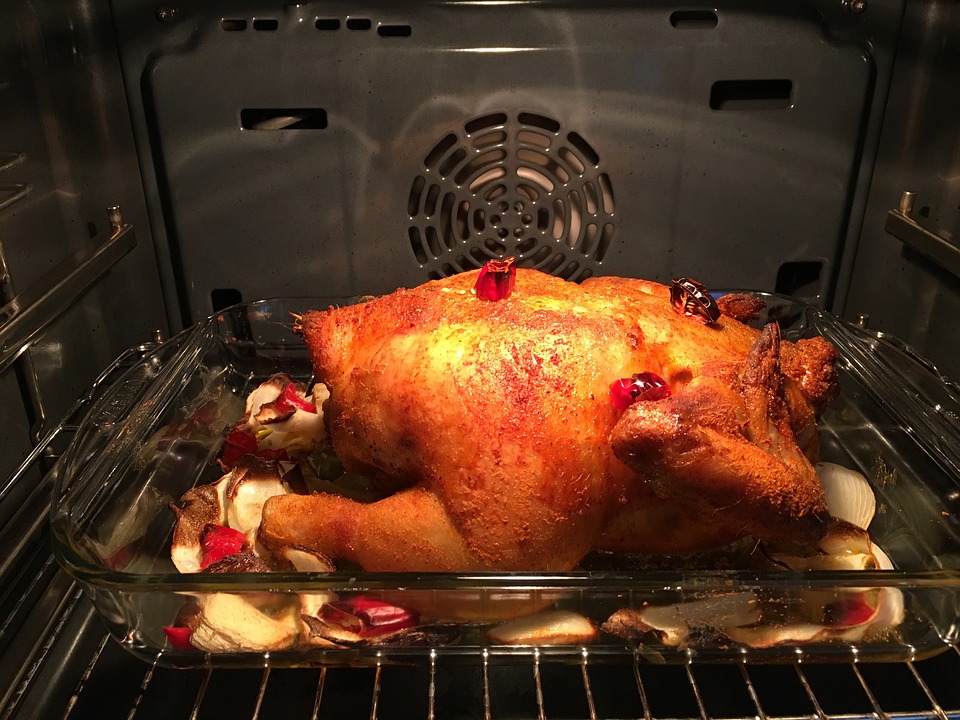When it comes to cooking up a storm in the kitchen, it’s hard to understate the culinary importance of the humble oven.
A key piece of kit for a variety of purposes – be it baking a batch of cookies, roasting a Christmas turkey or crisping up a few potato smilies – the kitchen oven is virtually irreplaceable.
That being said, knowing which oven is right for you can be equally important and choosing one type over another can have a dramatic effect on the way you cook.
To help you get to grips with what’s what, here’s a head-to-head overview of the two primary oven types: fan oven vs conventional oven.

What is the difference between a fan oven and a conventional oven?
At its most basic, the difference between a fan oven and a conventional oven is simple and almost self-explanatory.
Also known as convection ovens, fan-assisted ovens are – as the name suggests – equipped with a fan inside which forces hot air to circulate around the oven.
Conversely, a conventional oven simply heats up the inside to the desired temperature, cooking the food by blanketing it in a layer of heat.
Is a fan oven better than a conventional oven?
Circulated air transfers heat faster than still air, making fan ovens more energy efficient. Not only will this reduce your carbon footprint, but it will also reduce the size of your bills as well.
That being said, fan ovens aren’t perfect. Overfilling your fan oven can impact the way air circulated and lead to an uneven cook, while the fan can also make cooking times inaccurate.
Moreover, it’s important to note that, due to the way it circulates the heat and the necessary exhaust system, fan-assisted ovens remove the moisture within the oven as you cook.
While this moisture removal can be great for crisping up a pasta bake or firming up a lasagne, it can be adversely effective when baking items like cakes and bread.
However, some fan-assisted ovens feature a baking setting that lends itself better for bake purposes. This option uses a lower fan speed to more accurately mimic the traditional method.
Conversely, such fan-assisted ovens often also come equipped with a roast setting that utilises a faster fan speed to actively remove the moisture for a crispier surface finish.
The Verdict: fan oven vs conventional oven
Like most kitchen appliances, there are pros and cons to each option and ultimately the preference can be simply down to taste.
Meanwhile, the cooking purpose can also have a heavy influence on which route you take, with both options providing food for thought in terms of cooking quality.
For example, a baking connoisseur may lean more towards the conventional option for its moisture maintaining qualities, while a typical 9-5er might prefer the efficiency of a fan-assisted oven.
In terms of speed and all-round oven use for a variety of cooking purposes, the fan-assisted option is a great Jack of all trades solution; however, if you
For the true best of both worlds, it’s well worth finding a fan-oven that includes conventional settings as well for complete freedom to cook a variety of dishes to the highest standard.
For more advice on the fan oven vs conventional oven quandary, why not drop us a line today? Call now on 02920 452 510 or get in touch online by clicking the button below.
Contact Us